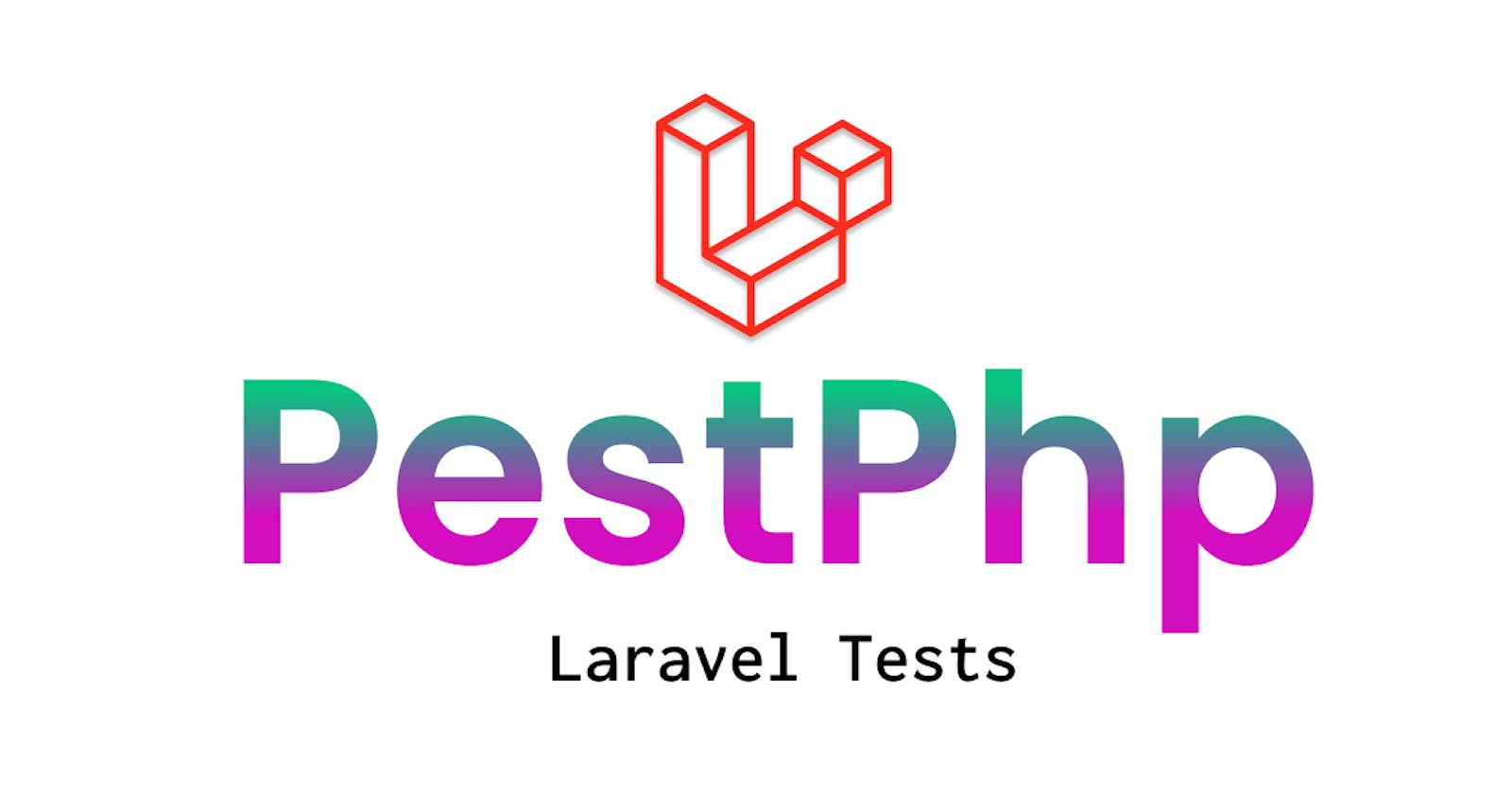In this chapter, we'll delve into various optimization techniques offered by PestPHP to help developers write efficient, high-performing tests. Optimization is crucial for maintaining a responsive and productive testing environment, especially as your test suite grows in complexity.
Understanding Test Optimization
Test optimization in PestPHP involves adopting strategies and techniques to improve the speed and efficiency of your test suite. These optimizations contribute to a faster feedback loop during development, enabling developers to iterate more quickly.
Parallel Test Execution
One of the key optimizations PestPHP offers is parallel test execution. By default, PestPHP runs tests sequentially, but you can enable parallel execution to speed up the overall testing process:
./vendor/bin/pest --parallel
This command instructs PestPHP to run tests in parallel, taking advantage of multiple CPU cores. Parallel execution can significantly reduce the overall test suite runtime.
Parallel Test Groups
PestPHP allows you to define test groups and run them in parallel:
./vendor/bin/pest --group=groupName --parallel
This command runs all tests belonging to the specified group in parallel. It's a useful strategy when you want to parallelize the testing of specific features or components.
Running Tests in a Separate Process
Running tests in a separate process can prevent test contamination, especially when dealing with global state changes:
./vendor/bin/pest --processes
By default, PestPHP runs tests in the same process. Using the --processes option ensures that each test runs in a separate process, minimizing the risk of global state interference.
Excluding Specific Tests
During certain development phases, you might want to exclude specific tests from the test suite to speed up the execution:
./vendor/bin/pest --exclude=testName
This command excludes the specified test from the test suite. You can use this when focusing on a specific part of the codebase that doesn't require running the entire test suite.
Practical Use Cases
Continuous Integration (CI) Optimization
In a CI environment, optimizing test execution time is crucial. Leveraging parallel execution can significantly reduce the time taken to run the test suite, enabling faster feedback on code changes.
# Example CI configuration (e.g., GitHub Actions)
jobs:
test:
runs-on: ubuntu-latest
steps:
- name: Checkout code
uses: actions/checkout@v2
- name: Install dependencies
run: composer install
- name: Run tests in parallel
run: ./vendor/bin/pest --parallel
Focused Development
When working on a specific feature or bug fix, excluding unrelated tests can speed up the development process:
./vendor/bin/pest --exclude=unrelatedFeatureTest
Conclusion
Optimizing tests in PestPHP is a crucial aspect of maintaining a responsive and efficient testing environment. Whether you're parallelizing test execution, running tests in separate processes, or excluding specific tests during development, these optimization techniques contribute to a faster and more productive testing workflow. By incorporating these strategies into your testing practices, you can achieve quicker feedback cycles and more efficient development iterations. In the next chapter, we will explore PestPHP's customization and extensibility through custom macros, allowing you to tailor PestPHP to the specific needs of your project.
